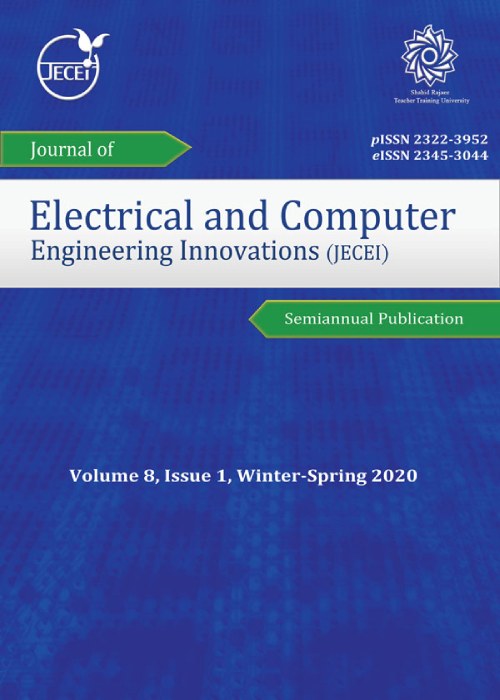Predicting the Sentiment of Tweet Replies using Attentive Graph Convolutional Neural Networks
Author(s):
Article Type:
Research/Original Article (دارای رتبه معتبر)
Abstract:
Background and Objectives
Twitter is a microblogging platform for expressing assessments, opinions, and sentiments on different topics and events. While there have been several studies around sentiment analysis of tweets and their popularity in the form of the number of retweets, predicting the sentiment of first-order replies remained a neglected challenge. Predicting the sentiment of tweet replies is helpful for both users and enterprises. In this study, we define a novel problem; given just a tweet's text, the goal is to predict the overall sentiment polarity of its upcoming replies.Methods
To address this problem, we proposed a graph convolutional neural network model that exploits the text's dependencies. The proposed model contains two parallel branches. The first branch extracts the contextual representation of the input tweets. The second branch extracts the structural and semantic information from tweets. Specifically, a Bi-LSTM network and a self-attention layer are used in the first layer for extracting syntactical relations, and an affective knowledge-enhanced dependency tree is used in the second branch for extracting semantic relations. Moreover, a graph convolutional network is used on the top of these branches to learn the joint feature representation. Finally, a retrieval-based attention mechanism is used on the output of the graph convolutional network for learning essential features from the final affective picture of tweets.Results
In the experiments, we only used the original tweets of the RETWEET dataset for training the models and ignored the replies of the tweets in the training process. The results on three versions of the RETWEET dataset showed that the proposed model outperforms the LSTM-based models and similar state-of-the-art graph convolutional network models. Conclusion
The proposed model showed promising results in confirming that by using only the content of a tweet, we can predict the overall sentiment of its replies. Moreover, the results showed that the proposed model achieves similar or comparable results with simpler deep models when trained on a public tweet dataset such as ACL 2014 dataset while outperforming both simple deep models and state-of-the-art graph convolutional deep models when trained on the RETWEET dataset. This shows the proposed model's effectiveness in extracting structural and semantic relations in the tweets.Keywords:
Language:
English
Published:
Journal of Electrical and Computer Engineering Innovations, Volume:12 Issue: 1, Winter-Spring 2024
Pages:
57 to 68
magiran.com/p2658593
دانلود و مطالعه متن این مقاله با یکی از روشهای زیر امکان پذیر است:
اشتراک شخصی
با عضویت و پرداخت آنلاین حق اشتراک یکساله به مبلغ 1,390,000ريال میتوانید 70 عنوان مطلب دانلود کنید!
اشتراک سازمانی
به کتابخانه دانشگاه یا محل کار خود پیشنهاد کنید تا اشتراک سازمانی این پایگاه را برای دسترسی نامحدود همه کاربران به متن مطالب تهیه نمایند!
توجه!
- حق عضویت دریافتی صرف حمایت از نشریات عضو و نگهداری، تکمیل و توسعه مگیران میشود.
- پرداخت حق اشتراک و دانلود مقالات اجازه بازنشر آن در سایر رسانههای چاپی و دیجیتال را به کاربر نمیدهد.
In order to view content subscription is required
Personal subscription
Subscribe magiran.com for 70 € euros via PayPal and download 70 articles during a year.
Organization subscription
Please contact us to subscribe your university or library for unlimited access!


